17. Scanners (1981, Directed by David Cronenberg): Exploding head
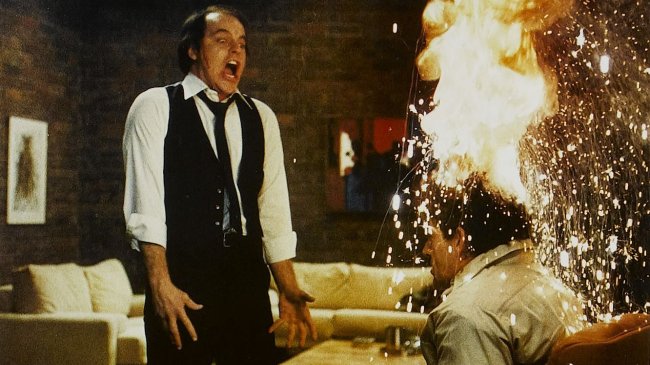
Scanners is famous for pretty much one thing: the wonderfully gory moment when one of the “scanners” uses his psychic powers to make someone’s head explode (you know the GIF). Accomplished with the help of a prosthetic head, various meats and fake blood, and a simple shotgun, the effect looks disturbingly real, and holds up extremely well in today’s CGI-saturated cinematic landscape. Consider the scene’s placement in the film though – it occurs within the first 15 minutes, preparing us for anything to happen next.
Though nothing else in the film ever surpasses it, it does its job of keeping us on the edge of our seats for the remainder. Viewed in the proper context, the scene is an excellent example of suspense, buildup, and grisly payoff, and is an effect Cronenberg – a major figure in the “body horror” subgenre – would return to again in subsequent films.
16. The Accused (1988, Directed by Jonathan Kaplan): Gang-rape on a pinball machine
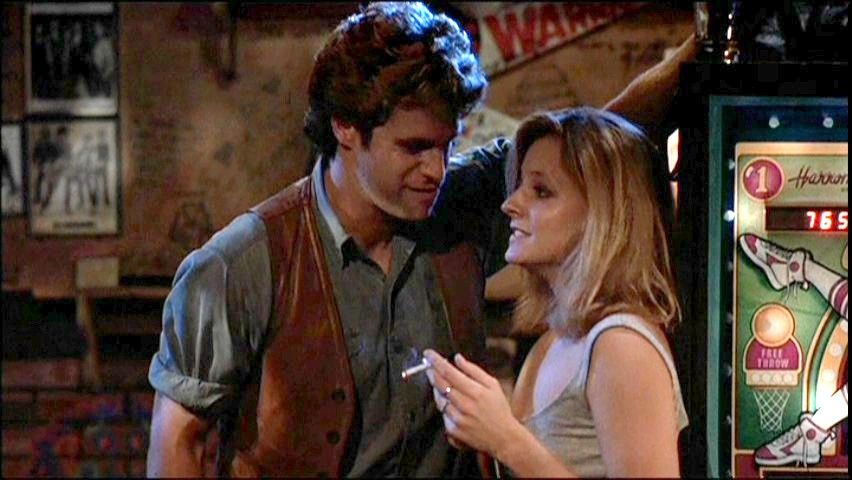
Jodie Foster won her first Oscar for her performance as Sarah Tobias, a victim of a brutal gang-rape. Sadly inspired by the true story of an incident that happened in New Bedford, Massachusetts in 1983, the film pulls no punches, including in its depiction of the crime at the center of the narrative.
In saving the full flashback for the emotional climax of the film, the filmmakers may cause some to wonder if we needed to see it at all. While this is ultimately up to the viewer to decide, it’s undeniable that the scene in question – while extremely unpleasant – is directed tastefully and in as non-exploitative a manner as one can hope for.
It is becoming a bit exhausting these days to dissect and analyze rape scenes, but if pressed, one must examine the scene’s point of view, the camera’s focus, and if the act being simulated could be seen in any way as erotic or titillating. To this end, the sequence here is a success: it’s nearly unbearable and horrific.
15. Requiem for a Dream (2000, Directed by Darren Aronofsky): Climactic montage
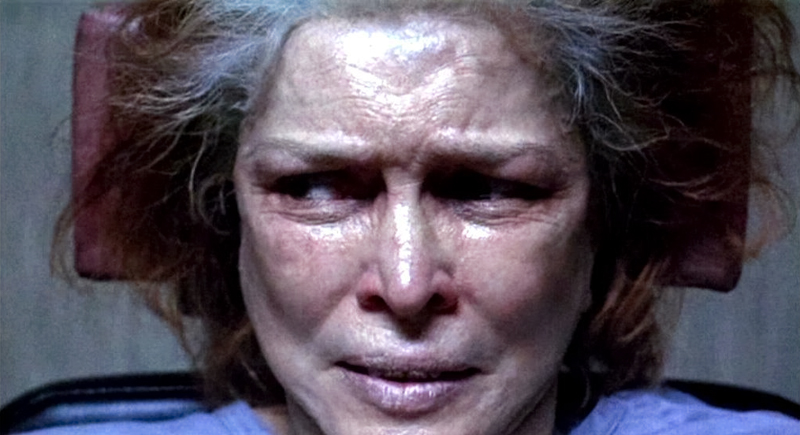
The anti-drug message of this harrowing film is hammered home in its final disturbing sequence, in which its four main characters reach their darkest and lowest points in their spirals of addition. It’s also the sequence that caused the most controversy for the film, particularly with the famously difficult MPAA. The performances – three of which are given by Oscar-winning actors – are all superb, effortlessly eliciting pathos as our protagonists hit rock-bottom.
Clint Mansell’s now iconic score and the increasingly frenzied editing style help emphasize the ugliness of what is portrayed – something that is especially important in ensuring that the rather graphic sexual degradation Jennifer Connelly’s character undergoes could never be mistaken as sexy in any capacity.
It’s this last section of the film that is likely one of the contributing factors in making viewers – even admirers of the film – unlikely to ever want to watch it again. Still, its continuing high rank on the IMDb Top 250 list is evidence enough of its longterm impact on filmgoers.
14. Basic Instinct (1992, Directed by Paul Verhoeven): Leg-uncrossing
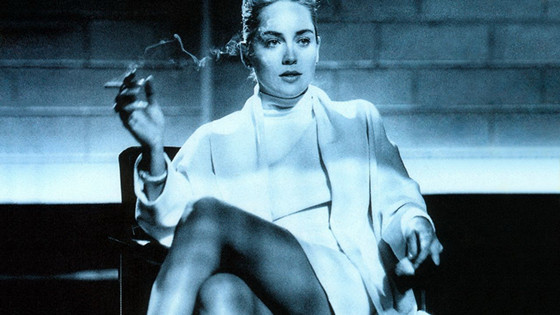
Quite possibly the most-paused series of shots in movie history (though there’s no way of ever knowing this for sure), the moments when Catherine Tramell (Sharon Stone) uncrosses her legs and briefly flashes her (all-male) interrogators is what the film is undoubtedly most known for (the reference in Deadpool 2 being just the latest example of the film’s lasting cultural impact).
Stone and Verhoeven have different versions of exactly how the scene was shot and whether or not Stone was aware of what would be seen and how clearly, and the controversy has often overshadowed the point of the scene, which is at its heart about power, control, and the male gaze (as is made abundantly clear by the reactions of Tramell’s interrogators).
The film is, of course, a bit sleazy, not to mention offensive to many in the LGBT community, but it’s at the very least well-made trash (Jerry Goldsmith’s Oscar-nominated score only helps elevate the material).
13. The Exorcist (1973, Directed by William Friedkin): Crucifix masturbation
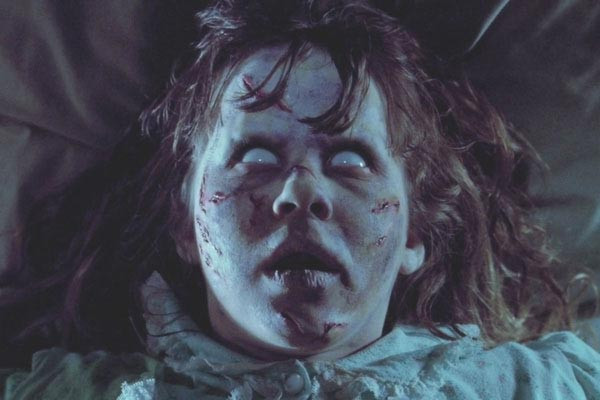
Consider the scene in which a demonically-possessed 12-year-old girl (an Oscar-nominated Linda Blair) repeatedly stabs herself in the genitals while yelling profanities and forcing her mother’s face into her crotch. Now consider how that scene must have played upon its original release in 1973, just three years after the first R-rated film containing the word “fuck” (MASH) came out.
Violent, sexual, taboo-breaking, and profane, the brief scene (filmed in part with Blair’s uncredited double, Eileen Dietz) is the result of what author and screenwriter William Peter Blatty said was “the worst possible thing I could think of” that would drive the girl’s mother (Ellen Burstyn, also nominated) to consult a priest. Many, including Roger Ebert, expressed surprise that the film ended up with an R rather than an X-rating, and this scene is probably the reason for such conversations.
12. Reservoir Dogs (1992, Directed by Quentin Tarantino): Torture and ear amputation
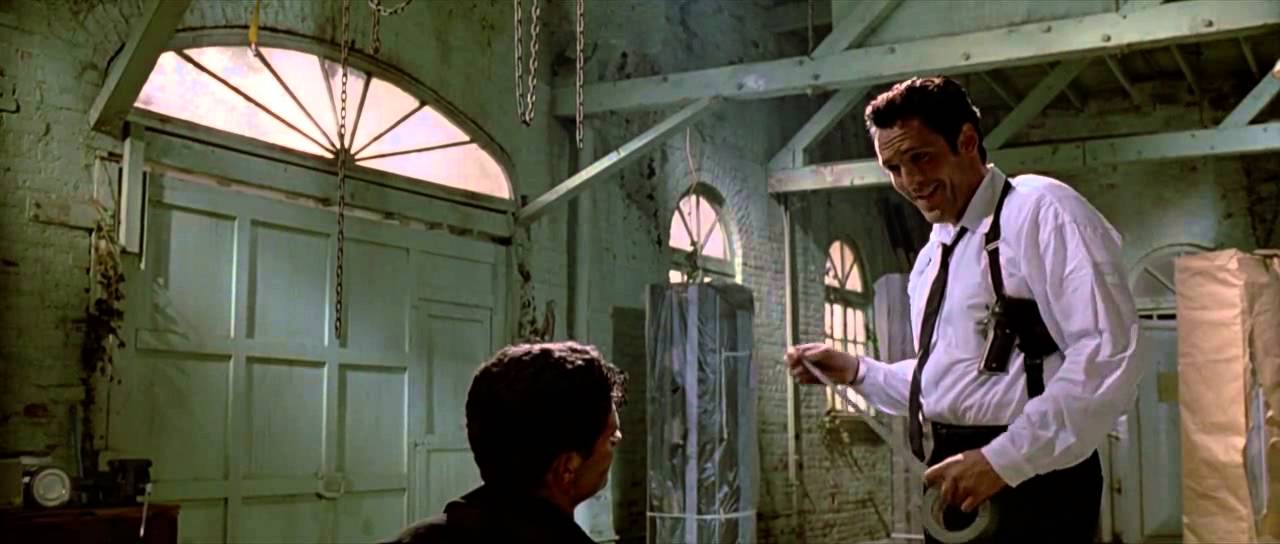
Many are likely unable to listen to Stealers Wheel’s “Stuck in the Middle with You” without cringing thanks to this scene. Occurring about midway through Quentin Tarantino’s explosive directorial debut, the scene in which the psychopathic Mr. Blonde (Michael Madsen) tortures a cop by cutting off his ear and threatening to burn him alive is one of the most memorable in the film.
Interestingly, Tarantino is relatively restrained here (especially considering the far more graphic alternative take that can be seen on the DVD extras), but it’s still one of the hardest to watch scenes in his filmography (and considering some of his later films, that’s saying something).
Many films have since tried to juxtapose terrible violence with light music (recall, for example, the use of an Enya song during a torture scene in the American version of The Girl with the Dragon Tattoo), though not usually resulting in as chilling an effect as is achieved here.
11. 127 Hours (2010, Directed by Danny Boyle): Arm self-amputation
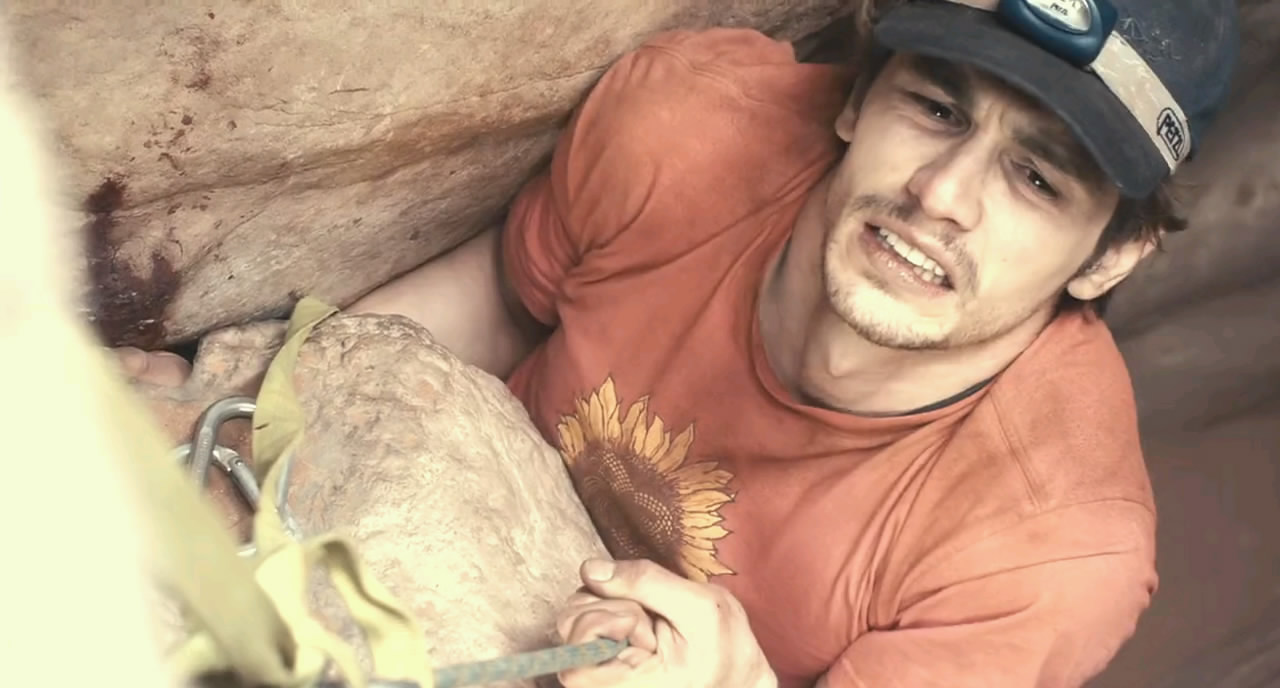
Almost everyone buying a ticket to this movie knew going in about the inevitable bloody climax. It’s remarkable that such foreknowledge doesn’t kill the suspense in watching Aron Ralston’s grueling predicament play out.
By the time we get to the moment when Ralston (played by an Oscar-nominated James Franco) makes the decision to cut off his own arm to extricate himself from the boulder pinning him against a canyon wall, we’re all but cheering for him to succeed. Boyle does little to sugarcoat the procedure, which was reportedly filmed in one take and mercifully takes a far shorter time to complete onscreen than it did in real life (roughly one hour, for those curious).
The use of A.R. Rahman’s score (also nominated) and some rather inventive sound design make the scene as painful for the viewer as possible. This is still probably Franco’s best performance, and that the real Aron Ralston praised the film for being extremely accurate should be the highest compliment.
10. The Passion of the Christ (2004, Directed by Mel Gibson): Jesus is scourged
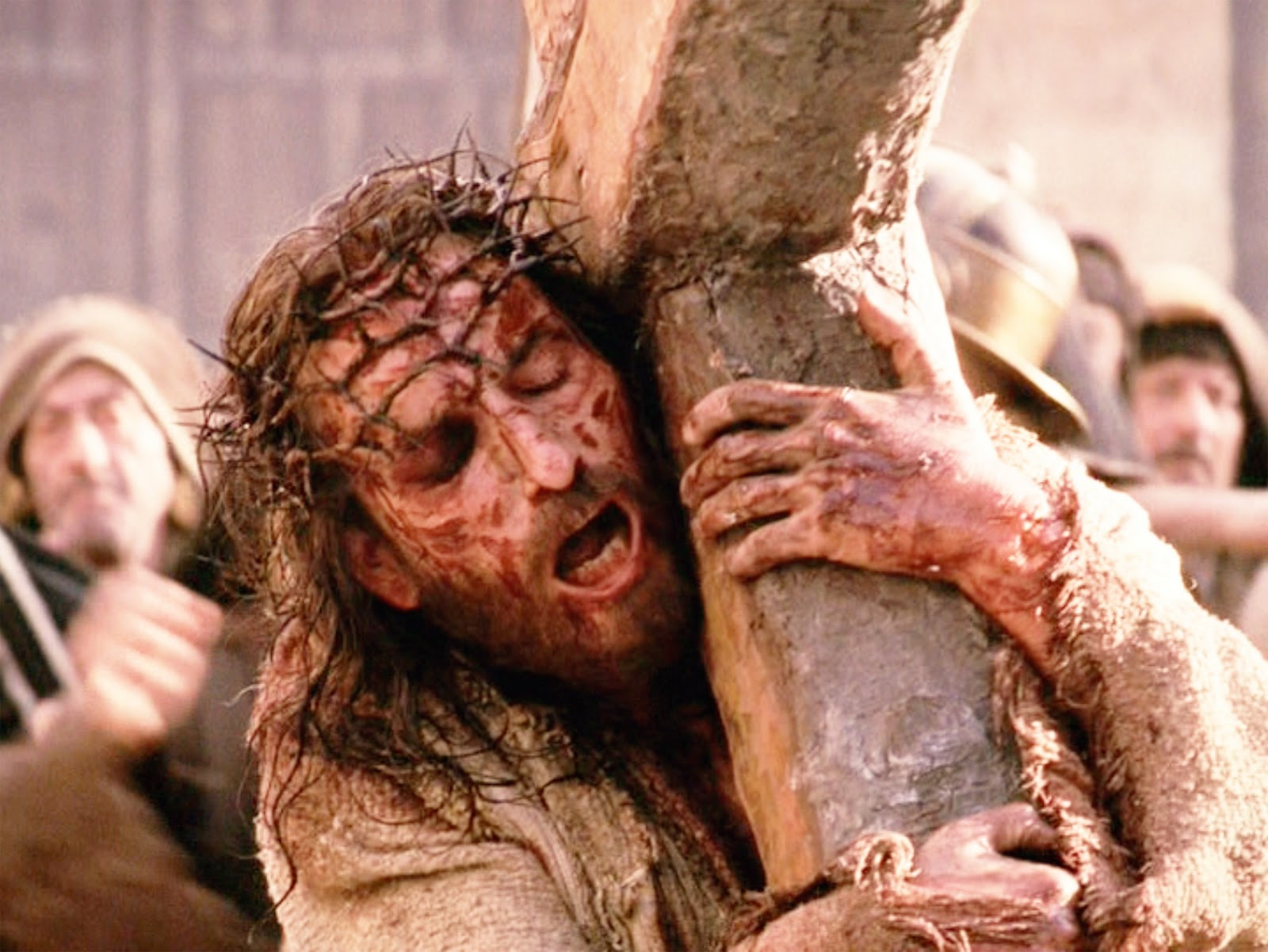
Much has been written regarding this exceedingly controversial film, from charges of anti-Semitism to its “sequences of graphic violence,” as the MPAA officially labeled them. In terms of the latter, that Mel Gibson managed to top the violence of the climactic crucifixion of the titular character with a torture scene before it that goes on seemingly forever (especially when considering the line or two devoted to the scourging in the Gospels) is remarkable.
Brought to life with incredible makeup effects and enhanced by John Debney’s powerful score (both nominated for Oscars), the scene in which Jesus is nearly flayed alive is deeply upsetting, no matter what one’s religious views are.
While some have called it over-the-top or gratuitous, others praised the attention to bloody detail, pointing out that the film’s title advertised the film as nothing less than a cinematic rendering of the slow and agonizing death of Jesus of Nazareth. Seldom has a title been more fitting.
9. Pink Flamingos (1972, Directed by John Waters): Coprophagia
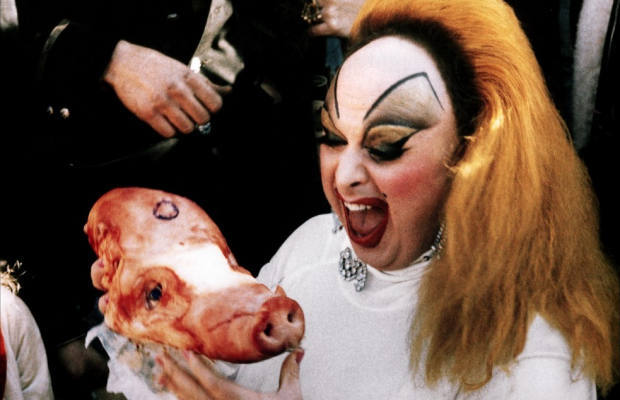
The second example of this act on this last, the moment when the film’s hero, Divine, chows down on dog feces fresh from the source is enough to make many moviegoers gag. And of course, it’s shot in one take, leaving no doubt that the act is unsimulated. The point of the scene? As Waters himself narrates, it proves Divine is “not only the filthiest person in the world – she is also the filthiest actress in the world.”
Interestingly, the scene is not necessarily the most obviously shocking one in the film, which contains all manner of (purposely) disgusting and offensive behavior. Perhaps the fact that this is the last loathsome act we see is why it left such a lasting taste in viewers’ mouths (so to speak).